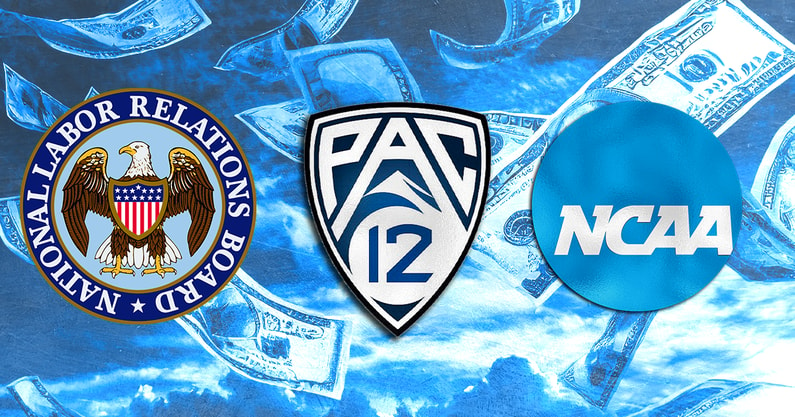Avoiding employee model planning akin to 'athletic director malpractice'

The college sports industry emerges from March Madness with a high-stakes reality check: The resumption of the consequential National Labor Relations Board trial involving USC, the Pac-12 Conference and the NCAA.
The hearing in Los Angeles, which takes place Tuesday through Thursday, will weigh whether USC football and men’s and women’s basketball players have been misclassified as student-athletes rather than employees.
It occurs against the backdrop of the ongoing Dartmouth proceedings, which are immersed in a lengthy review process – one that could ultimately make its way to the U.S. Supreme Court – after its men’s basketball players last month voted to unionize.
After years of conjecture, an employee model for at least some athletes – which would usher in the era of athlete collective bargaining – is coming into focus. Given the state of play, industry experts say schools that continue to sweep the issue under the rug of their Ivory Towers do so at their own peril.
At this point, the vast majority of power conference schools have at least engaged in internal discussions about how they will operate their athletic programs under an employment model, Mit Winter, a college sports attorney at Kennyhertz Perry, told On3. They know there’s a good chance we’re approaching a world in which athletes will collectively bargain for compensation and health and safety benefits.
So proactively preparing for a new paradigm is not only wise, it’s imperative.
“It would be akin to athletic director/president malpractice to not at least be doing this,” Winter said. “With respect to actually spending time seriously modeling it out, that number is not as large. I’d say less than half. But I think it would be smart to start spending time on this as well.”
USC case could be more significant than Dartmouth
We don’t have to look too far in the rear-view mirror to remember, as Winter does, that many schools were not ready for another seismic shift – the dawn of the NIL Era on July 1, 2021. And without question, a shifting of the tectonic plates to an employment model is going to be a much more radical change than the advent of NIL.
“If a school is not ready when that time likely comes,” Winter said, “it could take a long time to catch up.”
Top 10
- 1New
Baseball Top 25 projection
Massive Top 10 shakeup
- 2Hot
Shedeur Sanders prank
Son of NFL DC admits guilt, apologizes
- 3
Falcons release statement
Involvement of DC in Sanders prank
- 4Trending
Jalen Milroe warns
Teams that passed on him
- 5
Tyler Warren pranked
Tied to Shedeur Sanders call
Get the On3 Top 10 to your inbox every morning
By clicking "Subscribe to Newsletter", I agree to On3's Privacy Notice, Terms, and use of my personal information described therein.
The stakes in the Dartmouth case are large. But the USC case could be even more significant.
The National Labor Relations Act applies to private institutions. But because the Pac-12 and NCAA are charged with being joint employers, the outcome could potentially open the door for athletes at public universities to be deemed employees of their conference or the NCAA.
Issue of control weighs heavily in NLRB cases
The issue of control weighed heavily in the Dartmouth ruling. Legal experts say the amount of control a power conference school exercises over its athletes is generally much greater than the control exerted by Ivy League schools over their athletes.
“I think it certainly strengthens the case at the higher levels,” Tulane sports law professor Gabe Feldman told On3, “where they are exercising more control, there is more pressure, there is greater travel and there are more benefits and compensation headed their way.”
The benefit a school like USC receives from the services provided by its basketball and football players is much greater than at Dartmouth. USC makes millions of dollars per year from the operation of its basketball and football teams, while the Dartmouth men’s basketball team likely loses money.
In addition, the compensation provided to USC basketball and football players is also much greater than the compensation provided to Dartmouth’s men’s basketball players. Most of the USC basketball and football players receive full athletic scholarships – while no Dartmouth basketball players do – and the other benefits USC basketball and football players receive – free gear, etc. – are also at a much higher level at USC.
One prominent college sports administrator told On3: “I imagine the same outcome [as Dartmouth] in the USC case.”